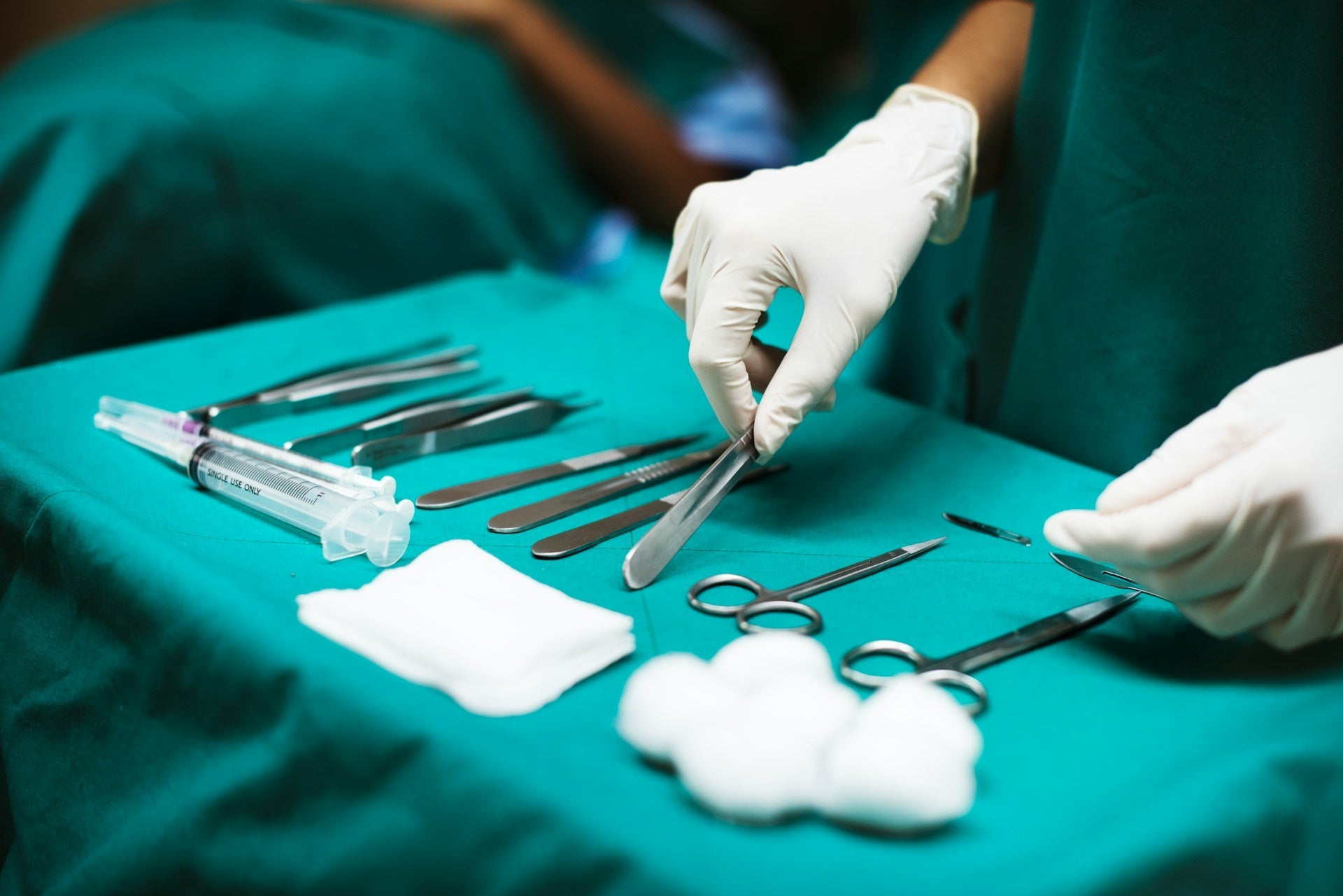

· By Trevor Horne
Setting Up An Over-The-Patient Instrument Table: Key Considerations
Setting up an over-the-patient instrument table is a smart move for any medical or dental professional. This setup enhances efficiency, ensures all necessary tools are within easy reach, and can make procedures smoother for both the practitioner and the patient. An instrument table helps create an environment where the focus remains on the task, not on searching for equipment.
Yet, without a proper setup, practitioners may find themselves struggling with clutter and misplaced tools. This can lead to frustration and longer procedure times, impacting workflow and patient satisfaction. By setting up an instrument table thoughtfully, these issues can be minimized, making your workspace more organized and productive.
Considerations for Selecting the Right Table
Choosing the right table involves several factors, and a good fit can significantly impact your practice. Here are some key points to consider:
1. Size and Space Requirements:
- Evaluate your procedural area to find a table that fits well.
- A table too large may clutter the space, while one that's too small may not hold all your necessary tools.
2. Material and Durability:
- Select tables made from sturdy, easy-to-clean materials.
- Stainless steel is common for its long lifespan and resistance to stains and rust.
3. Height Adjustability for Different Procedures:
- Look for tables that can be adjusted easily to suit various heights and seating positions.
- This feature supports comfort and accessibility for different procedures, reducing physical strain.
Each of these factors plays a crucial role in how well the table will blend into your existing setup. An example to illustrate this might be a surgeon choosing a table with adjustable height and a compact design to fit seamlessly into a busy operating room without limiting movement. By aligning these considerations with your specific needs, you ensure the table enhances the workflow rather than hindering it.
Organizing Medical and Dental Equipment on the Table
Making sure your instrument table is well-organized can greatly affect efficiency during procedures. An organized table not only makes it easier to find what you need but also helps maintain a cleaner environment. Here's how you can organize your tools effectively:
- Efficient Layout for Easy Access:
Arrange tools in the order of usage. Place frequently used items within easy reach to minimize movement. This setup keeps the procedure smooth and minimizes time spent searching for tools.
- Separating Disposable and Reusable Tools:
Keep disposable tools and supplies separate from reusable ones. This segregation ensures that the tools are not mixed up and reduces the risk of contamination.
- Utilizing Organizational Accessories:
Use trays, holders, and racks to keep everything neatly in place. Accessories like these can free up space and help segregate different categories of tools, making it easy to grab what you need quickly.
Think of organizing your table like setting up a kitchen workstation. Just as a chef needs everything in a convenient spot to prepare a meal efficiently, you need your instruments laid out for easy access, ensuring quick and smooth transitions between each stage of your procedure.
Ensuring Sterility and Cleanliness
Sterility is critical in any medical or dental setup. Maintaining a clean environment prevents contamination and ensures patient safety. Here's how to keep your instrument table sterile:
- Importance of Maintaining a Sterile Field:
Always keep a clean cover on your table and change it between procedures. This step is fundamental to preventing cross-contamination.
- Best Practices for Cleaning and Sanitizing the Table:
Use hospital-grade disinfectants for cleaning after each use. Clean all surfaces and allow them to dry thoroughly before the next use.
- Protocols for Handling Contamination:
In the event of contamination, stop and sanitize immediately. Replace the affected tools and covers to re-establish a sterile field.
An organized approach to cleanliness should be as routine as washing hands before dinner. Keeping everything spotless and sterile helps in providing the safest environment for your patients.
Practical Tips for Daily Use
There's more to managing an instrument table than just arrangement and cleanliness. Daily habits and practices can make a big difference in your work experience:
- Routine Checks for Equipment and Table Integrity:
Examine the table daily to ensure it's in good shape. Check for any signs of wear that might compromise its stability or cleanliness.
- Ergonomic Practices to Reduce Strain:
Adjust the table height to prevent bending or reaching during procedures. Using the correct height can prevent back strain and improve comfort.
- Adapting Setup for Various Procedures and Practitioner Preferences:
Customize the setup according to specific needs and preferences. This flexibility ensures that each practitioner can work efficiently, catering to the demands of different procedures.
Think of daily maintenance like brushing your teeth—a simple routine that can save you troubles in the long run. Keeping the table in top shape ensures it supports your work effectively, day in and day out.
Smooth Operations Await
In the ever-demanding field of healthcare, having a well-organized instrument table is invaluable. Proper setup not only streamlines operations but also enhances patient safety and care quality. Consider the points discussed to transform your workspace into a model of efficiency and cleanliness. Making deliberate choices about your setup can help create a smoother workflow and a more pleasant environment for both the practitioner and the patient.
Ready to elevate your practice's organization and efficiency? Discover how investing in quality medical dental equipment from ProNorth Medical can transform your workspace into a streamlined, effective environment. With our extensive range of tools and expert solutions, you can ensure you’re prepared to provide top-notch care. Let us help you maintain a safe and efficient practice—because great care deserves the best tools.
